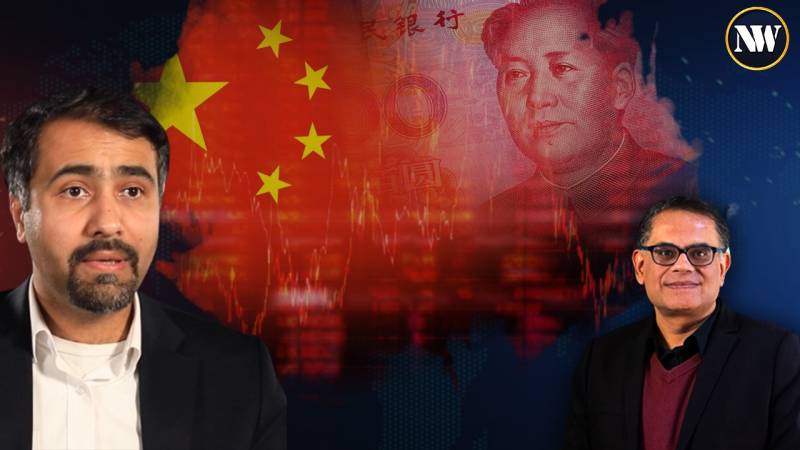In recent years, China's presence on the global stage has been rapidly expanding, especially in the realm of international aid and debt. This trend has raised important questions about the implications of China's growing influence and its potential impact on the existing global financial order. A recent report published by the Eight Data Lab at William and Mary College sheds light on China's substantial Emergency Loans to developing countries, revealing the complex dynamics of this phenomenon.
The report highlights China's significant financial assistance to developing nations, particularly through the Belt and Road Initiative (BRI). This initiative, launched in 2013, aims to foster economic connectivity through massive infrastructure projects, spanning multiple continents. As part of this strategy, China has extended substantial funds to countries in need, often targeting middle-income economies that are actively participating in the BRI.
One of the most astounding revelations from the report is the scale of China's aid. Over the past two decades, China has provided a staggering $240 billion in Emergency Loans to various governments, surpassing the amounts disbursed by traditional institutions like the International Monetary Fund (IMF). This signals a significant shift in the global economic landscape, with China emerging as a prominent player in providing financial assistance to nations facing economic challenges.
The data indicates that China's aid has been instrumental in helping countries weather fiscal storms. The funds have been directed toward a diverse range of projects, from infrastructure development to addressing immediate liquidity crises. Countries such as Pakistan and Argentina, which have large Belt and Road portfolios, have benefited significantly from China's aid. However, as the report suggests, this assistance is not without implications and challenges.
One key question that arises is how China raises the substantial funds required for these aid initiatives. China's economic prowess as a manufacturing powerhouse and its trade surpluses have allowed it to accumulate significant foreign reserves, currently estimated at around $3 trillion. These reserves provide China with the financial means to extend loans and support to countries in need. As the report highlights, China's lending strategy is aimed at both fulfilling geostrategic objectives and achieving macroeconomic goals.
While China's aid has provided relief to struggling economies, it also raises concerns about the long-term sustainability of the debt burden. The report highlights the intricate ways in which China secures repayment, including collateral requirements and the establishment of conditions in loan agreements. However, the terms and transparency of these agreements often remain opaque, leaving room for potential complications in the future.
The report also delves into the implications of China's aid for multilateral institutions and the global financial system. China's emergence as a major lender challenges the traditional dominance of institutions like the IMF and the World Bank. Yet, China has also demonstrated a willingness to collaborate with these institutions, co-financing projects and engaging in strategic partnerships. This dual approach reflects China's complex role as a participant in the existing financial order while simultaneously exerting its influence through alternative mechanisms.
For countries like Pakistan, which has received significant aid from China, the situation is multifaceted. While China's support has helped stabilize foreign exchange reserves and address immediate economic challenges, it is not a panacea. The delayed IMF agreement and ongoing negotiations underscore the complexities of managing economic stability and reform. China's assistance provides temporary relief, but sustainable long-term growth requires comprehensive economic restructuring.
As China's role continues to evolve, questions remain about the potential consequences of its aid initiatives. The report highlights the possibility of future debt restructuring or even default scenarios. In such cases, the question of how China would respond and whether it would coordinate with multilateral institutions like the IMF becomes crucial. The report underscores the need for clear communication and cooperation to address potential financial crises and ensure economic stability.

